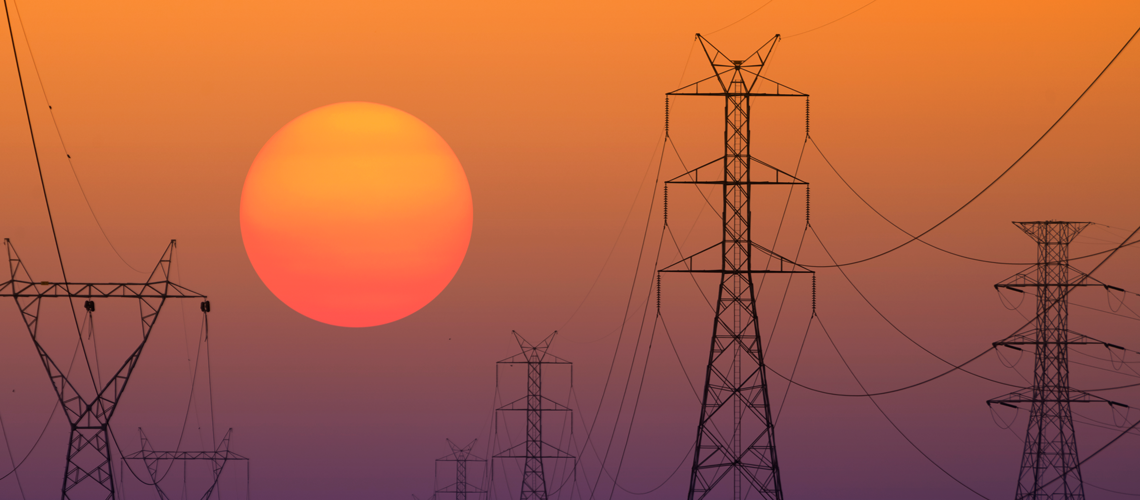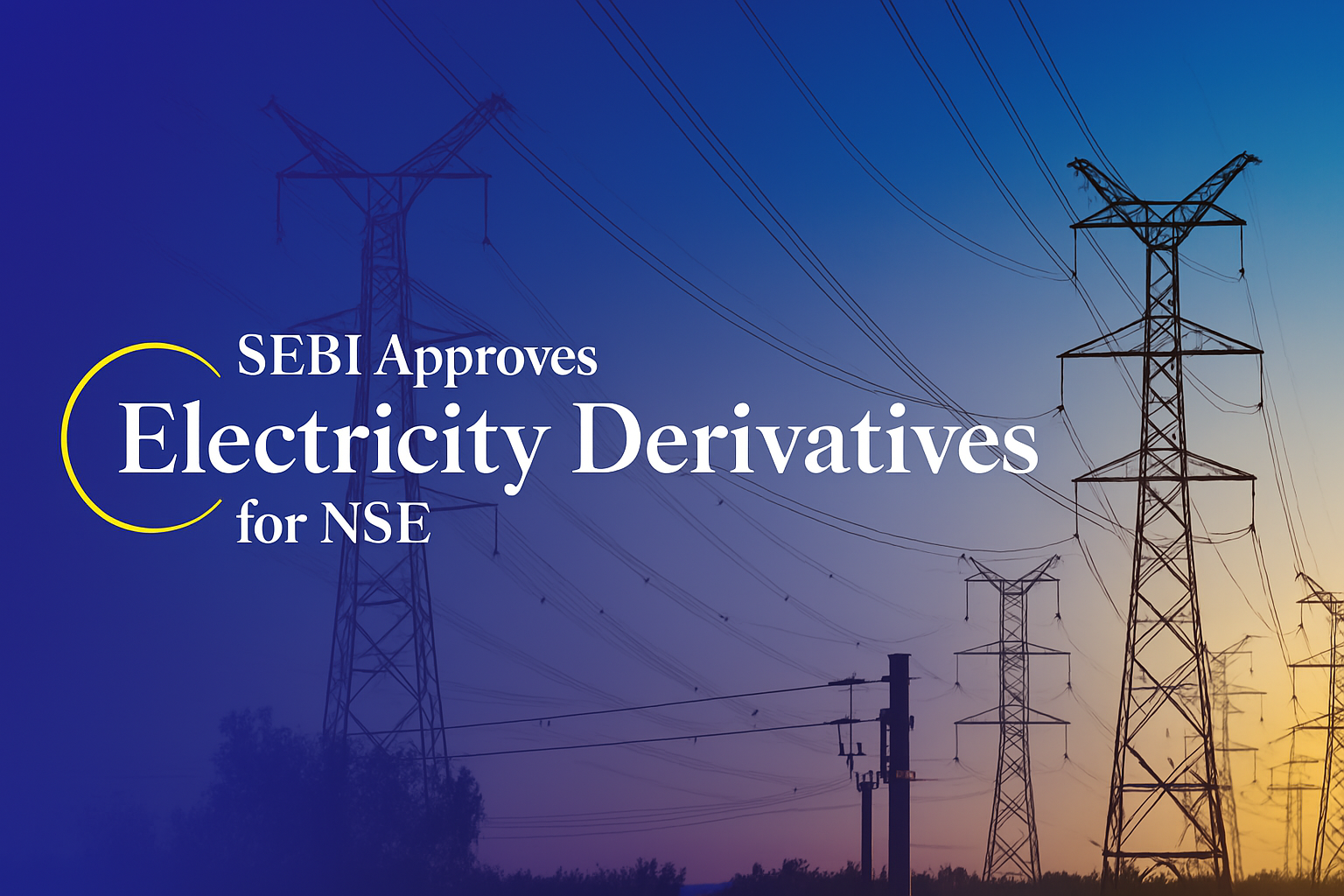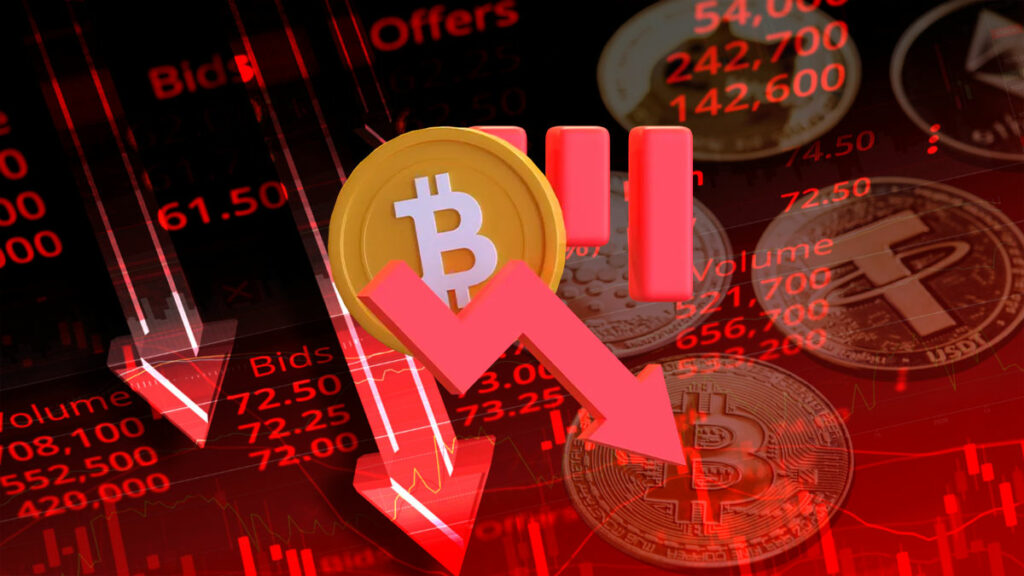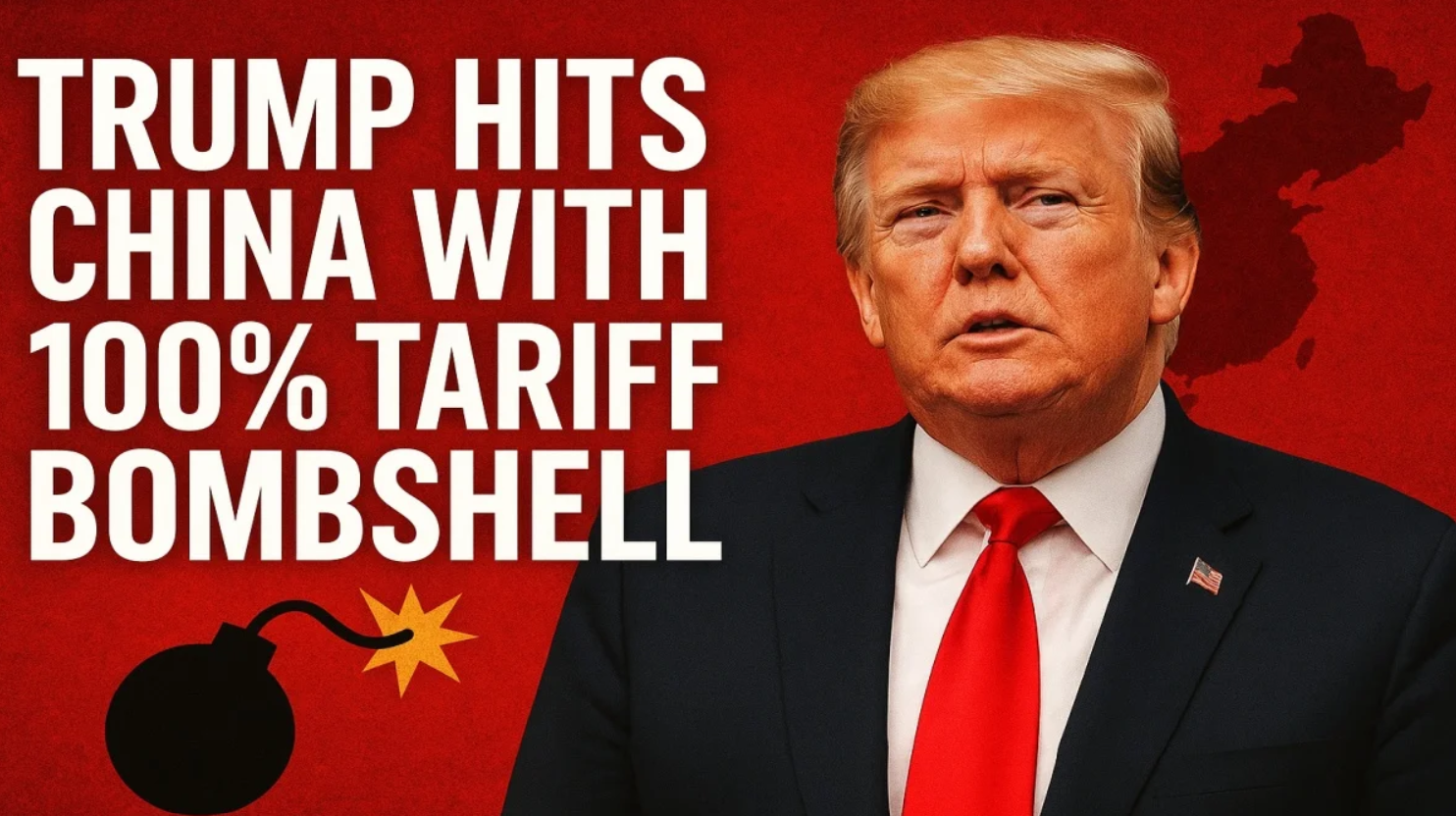India’s power sector just got a major financial upgrade with the launch of electricity derivatives on the National Stock Exchange. These new instruments are designed to give power producers, distribution companies, and energy traders a way to manage risk in an increasingly volatile and high-demand environment. But the Securities and Exchange Board of India has made one thing very clear these tools are for hedging, not for speculation.

Speaking at the official launch of these contracts, SEBI chairman Tuhin Kanta Pandey emphasized that India’s approach to electricity derivatives follows a global template. From the European Union to the United States, such instruments have been used to deepen market competition, improve investment decisions, and ensure more accurate price discovery. India now joins that league, but with strong safeguards in place to prevent misuse.
Pandey pointed out that India’s electricity market has long suffered from a lack of forward price signals. This gap has made it difficult for companies to plan ahead, manage costs, and attract long-term capital. By introducing financial derivatives alongside the traditional physical power markets, India is offering a much-needed mechanism to navigate the complexities of energy pricing.
Electricity, by nature, is a highly volatile commodity. Prices can fluctuate due to demand spikes, weather events, or supply disruptions. In response to this volatility, SEBI and the Central Electricity Regulatory Commission have imposed strict margin requirements. These margins are higher than usual to discourage excessive speculative activity. In periods of heightened volatility, the margin requirements may increase further. This is meant to ensure that only serious players looking to hedge real risks participate in the market.

The roles of SEBI and CERC have been clearly defined in this new ecosystem. While SEBI will regulate financial derivatives traded on commodity exchanges, CERC will oversee the physical delivery-based contracts on power exchanges. This separation is designed to maintain transparency and stability across both sides of the electricity trading spectrum.
The real beneficiaries of these new contracts are power generators, discoms, and large consumers. By using derivatives, they can lock in future prices and reduce the financial impact of sudden swings in electricity costs. This is especially useful in a country like India, where demand for electricity is climbing at a rapid pace and pricing remains highly sensitive to both market and environmental factors.
According to data from the International Energy Agency, eighty five percent of the increase in global electricity demand over the next three years is expected to come from emerging and developing economies. India will play a major role in this growth. The country’s share in global primary energy consumption is projected to double by 2035. With such rapid expansion, tools that provide pricing stability and investment confidence are no longer optional they are essential.

India’s power generation has already grown significantly over the last decade. In 2015, the country produced around 1,168 billion units of electricity. By the end of the financial year 2025, that number is expected to reach 1,824 billion units. This growth has been driven by a mix of conventional and renewable energy sources, supported by infrastructure upgrades and policy initiatives.
Electricity derivatives represent the next step in that journey. They bring financial discipline, long-term vision, and a strategic edge to a sector that is critical for the country’s economic progress. But as the SEBI chief reiterated, the purpose of these tools is to protect not to gamble. Used responsibly, they can transform how India manages its energy economy.
For more insights on financial reforms, energy markets, and investment trends that matter, follow You Finance on Instagram and Facebook. Stay informed, stay ahead.















